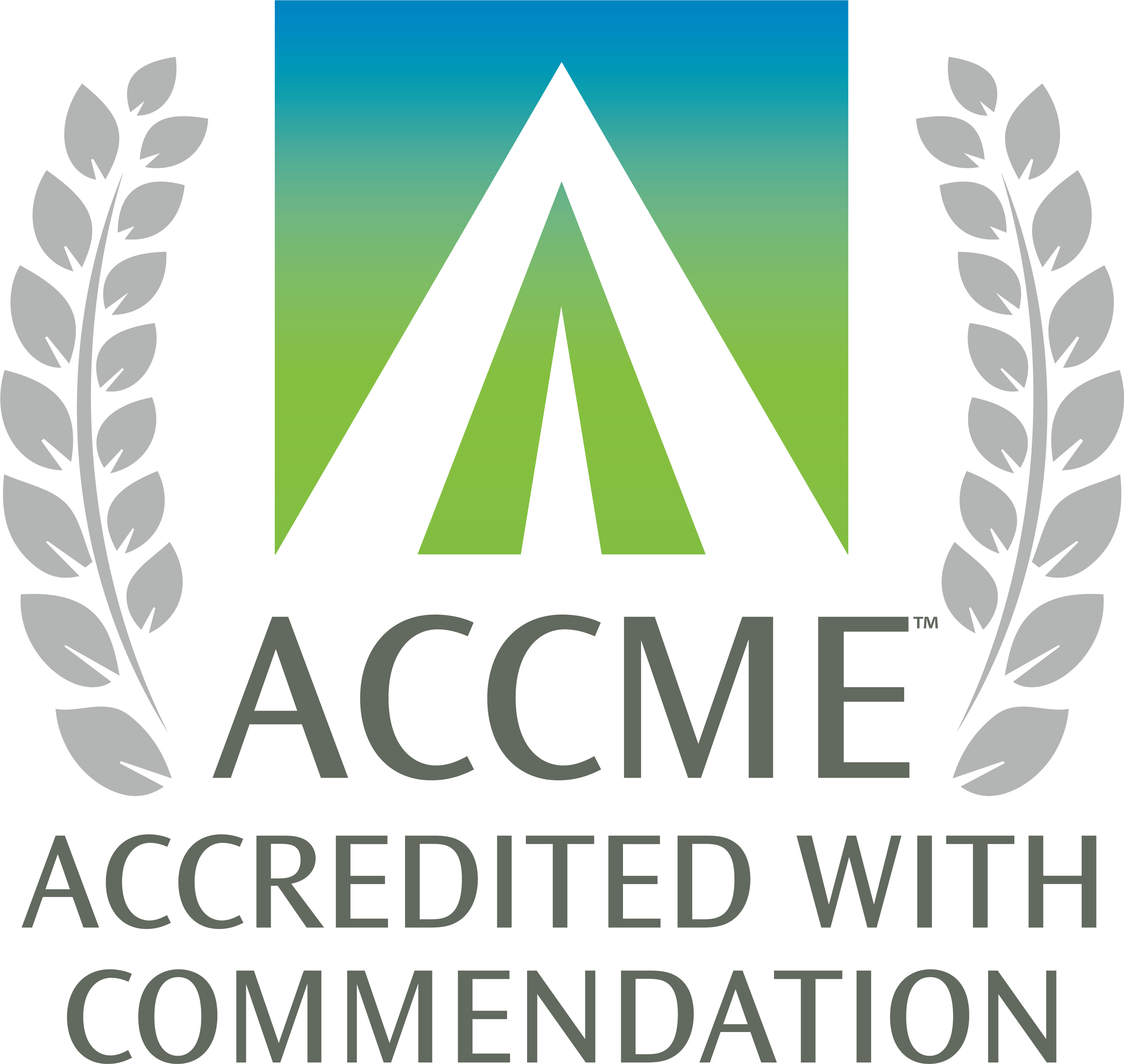Injury Prevention for Children and Teens: Module 3 - Intentional Injuries
To begin this activity, click Enroll. Once logged in, learners can access educational content, assessments, and evaluations. Learners who successfully complete the activity will be able to print a certificate.
Link to EdX Course Material
Planner
Andrew Hashikawa, M.D.
Co-Planner(s)
Phoebe Kulik, MPH, CHES
Nadine Ibrahim
Presenters
Sarah Anne Stoddard, PhD, CNP, RN
Quyen Ngo, PhD
Vijay Singh, MD
Yasamin Kusunoki, MPH, PhD
Erin Bonar, PhD
Elizabeth Ann Armstrong, PhD
Patrick Carter, MD
Cheryl A King, PhD
Shawna J. Lee, PhD, MSW
Andrew Grogan-Kaylor, PhD
Todd I Herrenkohl, PhD
Activity Coordinator(s)
Beth Costello, MBA
Jessica Roche
Disclosure: There are no relevant financial relationships to disclose for this activity.
- Describe youth violence and its impact on youth and society
- Identify risk and protective factors for youth violence
- Describe evidence-based strategies for youth violence prevention
- Describe the prevalence of bullying and its various types
- Identify the long-term effects of bullying, including risk and protective factors and use to help families prevent further harm
- Explain effective bullying prevention and intervention strategies when providing care
Original Release Date: April 2021
Termination Date: March 2024
This activity has been planned and implemented in accordance with the accreditation requirements and policies of the Accreditation Council for Continuing Medical Education (ACCME) through the joint providership of the University of Michigan Medical School and University of Michigan Injury Prevention Center. The University of Michigan Medical School is accredited by the Accreditation Council for Continuing Medical Education (ACCME) to provide continuing medical education for physicians.
The University of Michigan Medical School designates this enduring material for a maximum of 9.50 AMA PRA Category 1 Credit(s) ™. Physicians should claim only the credit commensurate with the extent of their participation in the activity.
Bibliographic Resources
Peer Violence & Bullying
- Matjasko JL, Massetti GM, Bacon S. Implementing and Evaluating Comprehensive Evidence-Based Approaches to Prevent Youth Violence: Partnering to Create Communities Where Youth Are Safe From Violence. J Prim Prev. 2016;37(2):109-119. doi:10.1007/s10935-016-0422-y.
- David-Ferdon, C., Vivolo-Kantor, A. M., Dahlberg, L. L., Marshall, K. J., Rainford, N. & Hall, E. (2016). A Comprehensive Technical Package for the Prevention of Youth Violence and Associated Risk Behaviors. Atlanta, GA: National Center for Injury Prevention and Control, Centers for Disease Control and Prevention.
- National Center for Injury Prevention and Control. Preventing Bullying. 2020. Centers for Disease Control and Prevention.
Dating Violence
- National Center for Injury Prevention and Control, Division of Violence Prevention. Preventing Teen Dating Violence. Last reviewed: March 5, 2021. National Center for Injury Prevention and Control, Centers for Disease Control and Prevention.
- Miller E, Jones KA, McCauley HL. Updates on Adolescent Dating and Sexual Violence Prevention and Intervention. Curr Opin Pediatr. 2018;30(4):466-471. doi:10.1097/MOP.0000000000000637.
Firearms
- Dowd MD, Sege RD; Council on Injury, Violence, and Poison Prevention Executive Committee; Firearm-Related Injuries Affecting the Pediatric Population. American Academy of Pediatrics. Firearm-related injuries affecting the pediatric population. Pediatrics. 2012;130(5):e1416-e1423. doi:10.1542/peds.2012-2481.
- Carter PM, Cook LJ, Macy ML, et al. Individual and Neighborhood Characteristics of Children Seeking Emergency Department Care for Firearm Injuries Within the PECARN Network. Acad Emerg Med. 2017;24(7):803-813. doi:10.1111/acem.13200.
Sexual Violence
- Krug EG et al., eds. World Report on Violence and Health. Chapter 6. Sexual Violence. Geneva, World Health Organization, 2002.
- Armstrong EA, Hamilton L, Sweeney B. Sexual Assault on Campus: A Multilevel, Integrative Approach to Party Rape. Social Problems. 2006;53(4):483-499. https://doi.org/10.1525/sp.2006.53.4.483.
Suicide
- King CA, Arango A, Ewell Foster C. Emerging Trends in Adolescent Suicide Prevention Research. Curr Opin Psychol. 2018;22:89-94. doi:10.1016/j.copsyc.2017.08.037.
- Stone, D.M., Holland, K.M., Bartholow, B., Crosby, A.E., Davis, S., and Wilkins, N. (2017). Preventing Suicide: A Technical Package of Policy, Programs, and Practices. Atlanta, GA: National Center for Injury Prevention and Control, Centers for Disease Control and Prevention.
ACES/ Child Maltreatment
- Herrenkohl TI, Leeb RT, Higgins D. The Public Health Model of Child Maltreatment Prevention. Trauma Violence Abuse. 2016;17(4):363-365. doi:10.1177/1524838016661034.
- S. Department of Health & Human Services, Administration for Children and Families, Administration on Children, Youth and Families, Children’s Bureau. (2020). Child Maltreatment 2018. Available from https://www.acf.hhs.gov/cb/data-research/child-maltreatment.
- Drake B, Jolley JM, Lanier P, Fluke J, Barth RP, Jonson-Reid M. Racial Bias in Child Protection? A Comparison of Competing Explanations Using National Data. Pediatrics. 2011;127(3):471-478. doi:10.1542/peds.2010-1710.
- Ma J, Grogan-Kaylor A, Lee SJ. Associations of Neighborhood Disorganization & Maternal Spanking with Children's Aggression: A Fixed-Effects Regression Analysis. Child Abuse Negl. 2018;76:106-116. doi:10.1016/j.chiabu.2017.10.013.
- Afifi TO, Ford D, Gershoff ET, et al. Spanking & Adult Mental Health Impairment: The Case for the Designation of Spanking as an Adverse Childhood Experience. Child Abuse Negl. 2017;71:24-31. doi:10.1016/j.chiabu.2017.01.014.
- Isaac Feldberg. Spanking your kid is about as harmful as child abuse, says study. Article in Boston Globe. April 27, 2016.
- Julie Beck. The Strong Evidence Against Spanking. Article in The Atlantic. April 27, 2016.


